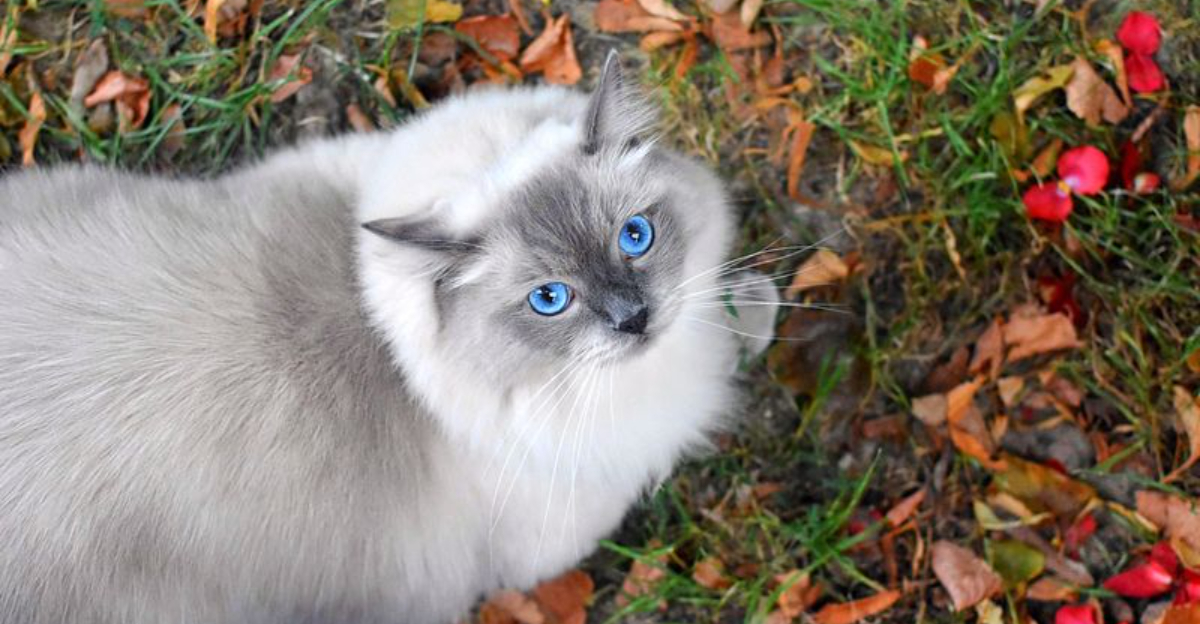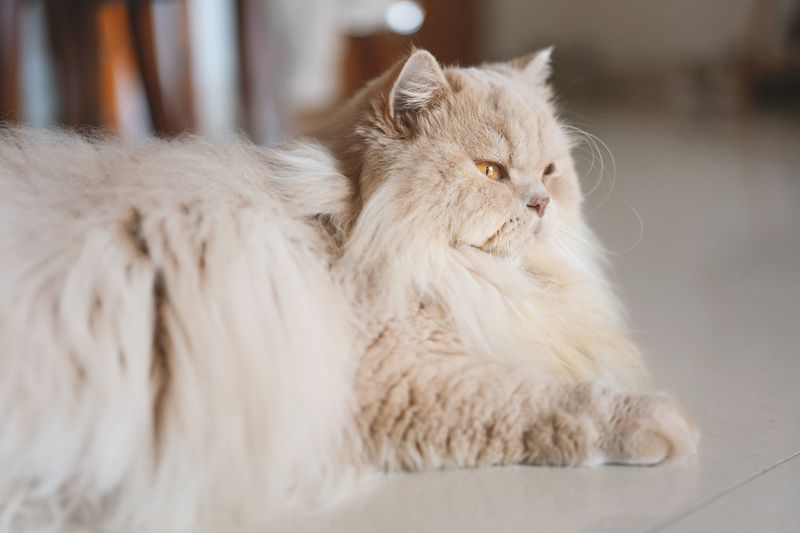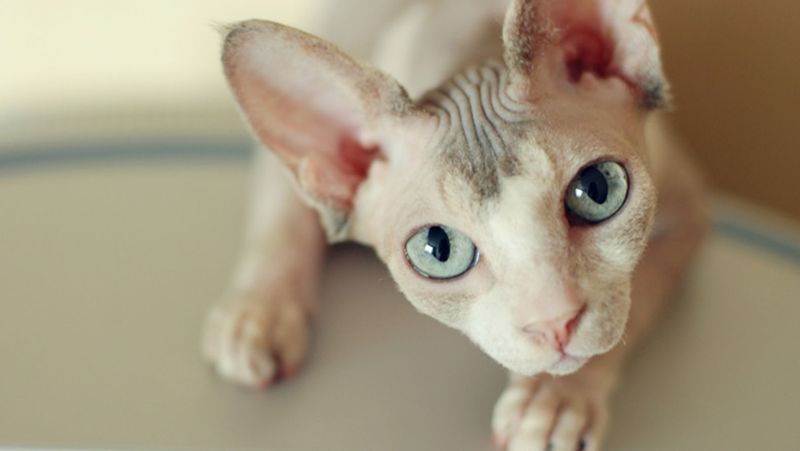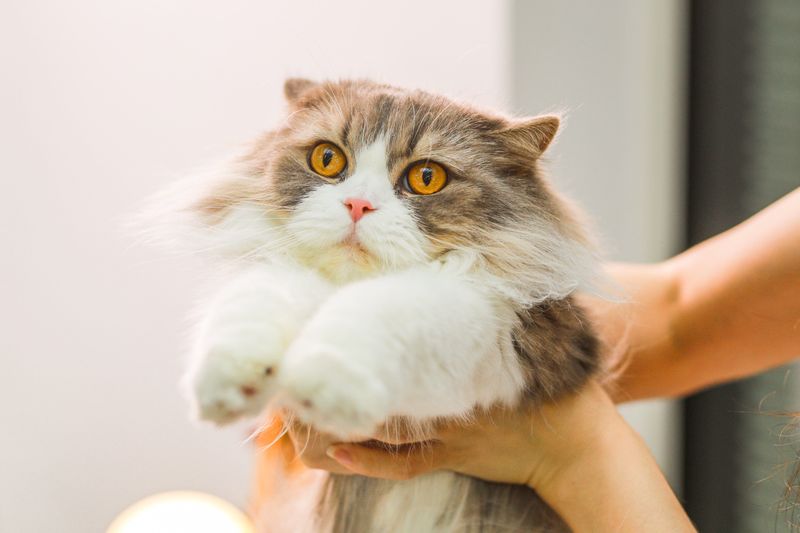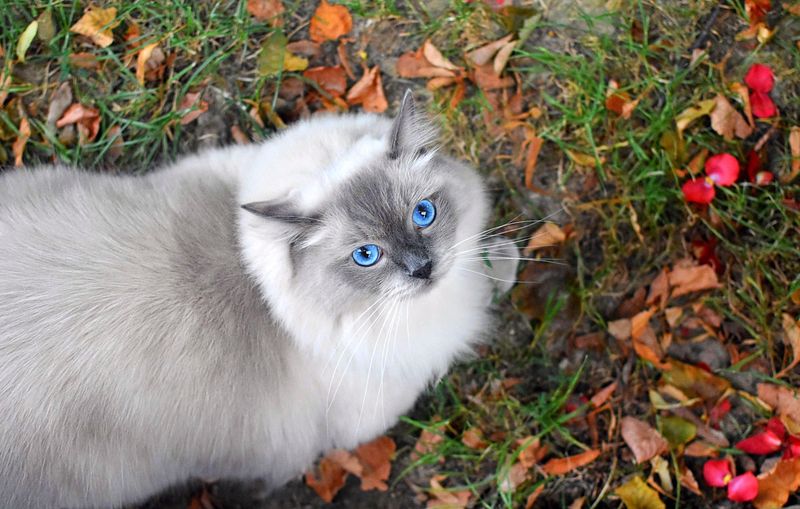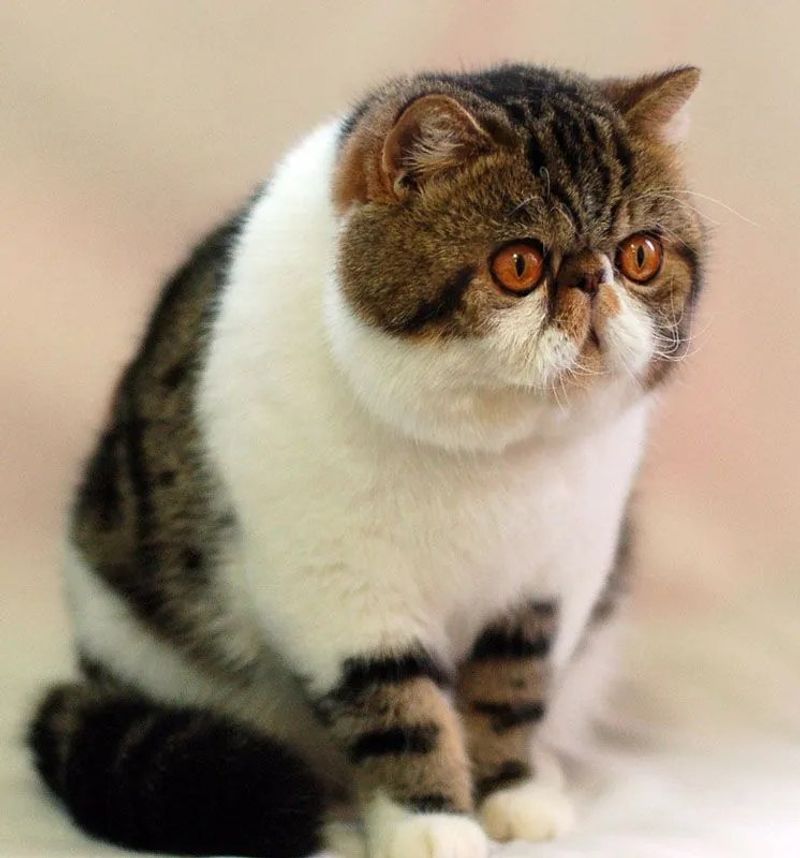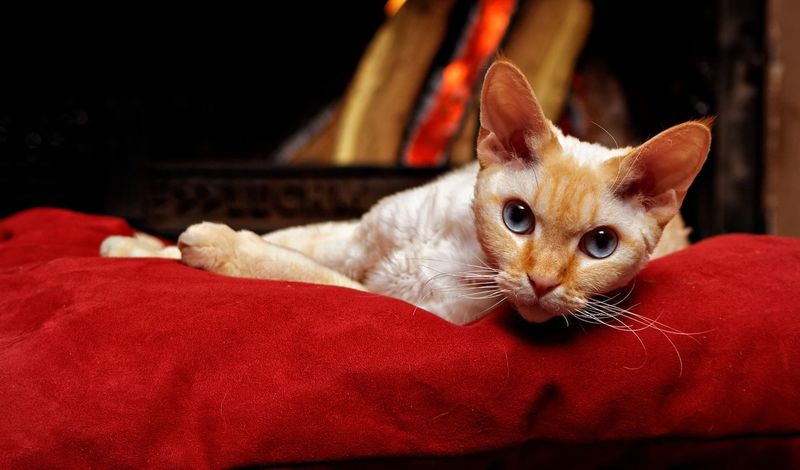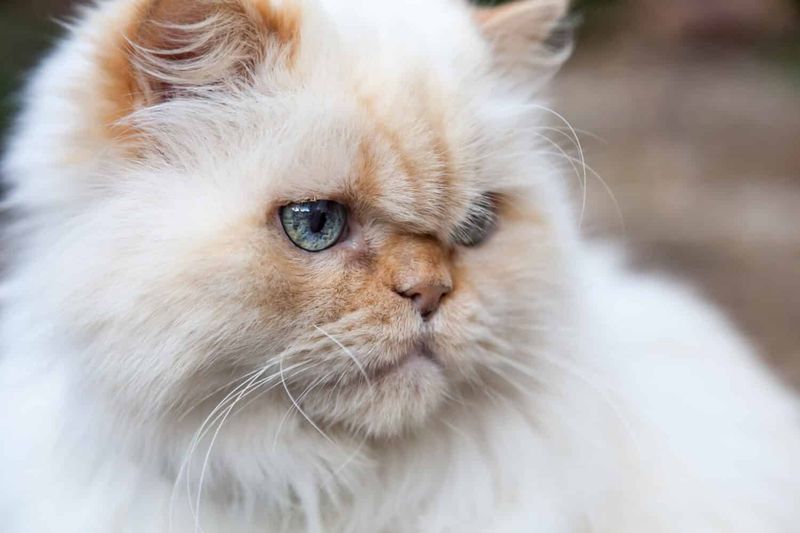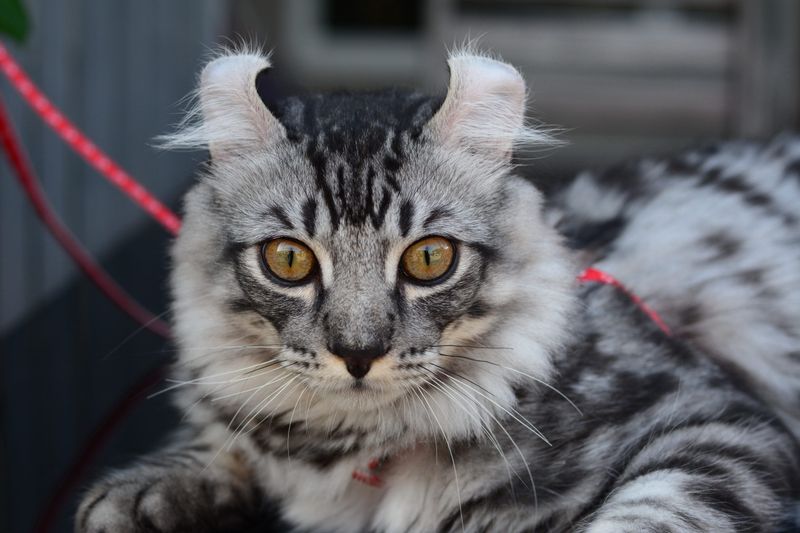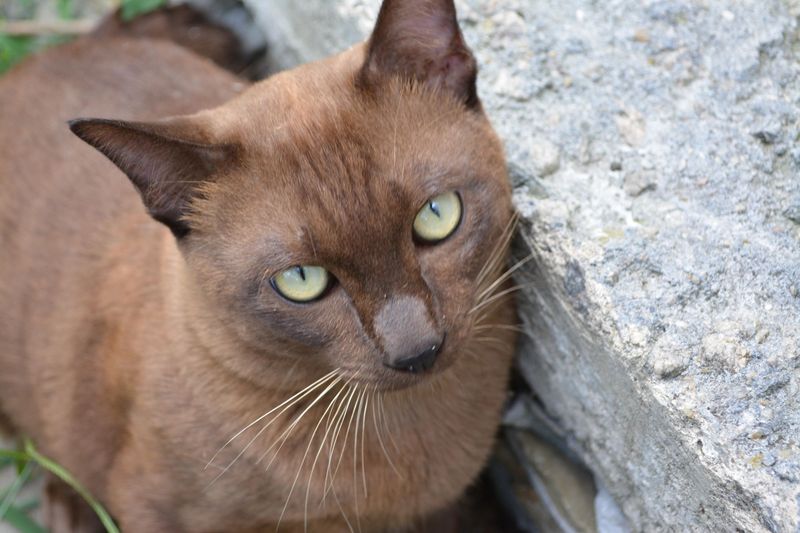📖 Table of Content:
Cats are known for their hunting skills and natural instincts, but not all felines are equipped to handle life outside our homes. Modern breeding has created cats with features that look adorable on your couch but would be serious disadvantages in the wild. These pampered pets lack the survival skills, physical abilities, or health robustness needed to thrive without human care.
1. Persian
The iconic flat face of Persian cats creates breathing difficulties that would severely limit hunting abilities. Their long, luxurious coats quickly become matted without regular grooming, leading to mobility issues and skin infections in outdoor environments.
Persians also have shortened leg bones compared to other cats, making them slower and less agile when pursuing prey or escaping predators. Their tear ducts often don’t function properly, causing eye problems that would worsen without human intervention.
These cats have been bred specifically for docile temperaments, diminishing their natural hunting instincts over generations. A Persian released into the wild would struggle with basic survival tasks like finding food and shelter.
2. Sphynx
Lacking a protective fur coat makes the Sphynx extremely vulnerable to temperature fluctuations. These hairless cats would quickly suffer from sunburn in summer and hypothermia in colder conditions without clothing or shelter provided by humans.
Their high metabolism requires significantly more calories than other cats – approximately 2-3 times what a normal cat eats. Finding enough food in the wild would be nearly impossible, especially since they lack camouflage for effective hunting.
Sphynx cats also have sensitive skin prone to oils and dirt accumulation, requiring regular baths from their owners. Without this care, they develop skin infections that would become life-threatening in outdoor environments.
3. Munchkin
The trademark short legs of Munchkin cats severely limit their jumping ability and running speed. While adorable in domestic settings, these stubby limbs would make escaping predators or chasing prey nearly impossible in the wild.
Munchkins struggle with basic cat activities like climbing trees or scaling fences – crucial skills for finding safe resting spots away from ground predators. Their condition is actually a genetic mutation affecting cartilage development, sometimes causing painful joint issues as they age.
Despite maintaining the hunting instincts of their ancestors, Munchkins simply lack the physical capabilities to execute successful hunts. Their bodies were designed for human companionship, not wilderness survival.
4. Scottish Fold
The adorable folded ears that make Scottish Folds famous actually result from a cartilage disorder that affects their entire skeletal system. This condition frequently leads to arthritis and joint pain, severely limiting mobility needed for hunting and self-defense.
Many Scottish Folds develop a condition called osteochondrodysplasia, causing abnormal bone development and painful movement. Wild cats need peak physical condition to survive, making these health issues deadly outside human care.
Their folded ears also provide less protection against debris and water than normal cat ears, leading to increased ear infections. The breeding of these cats is even banned in some countries due to welfare concerns about their inherent health problems.
5. Ragdoll
Ragdolls are famous for going limp when picked up – a trait that would be disastrous in the wild. This passive response to handling indicates their lack of defensive instincts necessary for survival among predators.
These gentle giants weigh up to 20 pounds but lack the aggression to match their size. Bred specifically for docile temperaments, they typically don’t develop the territorial behaviors that help wild cats defend resources and territory.
Their striking blue eyes and color-point coats offer minimal camouflage in natural settings. Ragdolls also have reduced pain responses compared to other cats, meaning they might not react appropriately to injuries or dangerous situations in the wild.
6. Exotic Shorthair
Similar to their Persian relatives, Exotic Shorthairs have flat faces that cause breathing difficulties and eye problems. Their shortened nasal passages would severely limit endurance during hunting or escape situations in the wild.
These cats were specifically bred to have a laid-back, indoor-friendly personality. As a result, they’ve lost much of the territorial drive and hunting instincts that help feral cats survive independently.
Many Exotic Shorthairs suffer from polycystic kidney disease, a genetic condition requiring medical intervention. Without proper veterinary care, affected cats develop kidney failure. Their stocky bodies also make them less agile than their wild counterparts, limiting their ability to navigate rough terrain.
7. Devon Rex
The Devon Rex’s extremely fine, wavy coat provides minimal protection from the elements. Their thin fur would offer little insulation in cold weather and minimal protection from scratches or bites during confrontations with other animals.
These cats have unusually large ears that lose body heat rapidly in cold environments. While charming in appearance, this feature would be a serious disadvantage in cooler climates where conserving body heat is essential for survival.
Devon Rex cats often have delicate digestive systems requiring specialized diets. In the wild, they would likely develop nutritional deficiencies or intestinal issues from consuming whatever prey they could catch. Their slender build also offers little fat reserve for times when food is scarce.
8. Himalayan
Himalayans combine the worst survival disadvantages of both Persian and Siamese breeds. Their flat faces cause chronic breathing problems that would make sustained physical activity impossible in the wild.
The long, silky coat requires daily grooming to prevent painful matting. Without human intervention, their fur quickly becomes tangled with debris, limiting mobility and causing skin infections. Their light-colored points provide almost no camouflage in natural settings.
Bred specifically for gentle, quiet personalities, Himalayans lack the aggressive territorial instincts needed for competition with other animals. Many also suffer from kidney disease and respiratory issues requiring veterinary care throughout their lives. These health challenges would quickly become fatal without human intervention.
9. American Curl
The distinctive backward-curling ears of American Curls may look adorable, but they provide less protection for the ear canal. In the wild, this would lead to increased ear infections and hearing damage from debris entering the unprotected ears.
Their ear cartilage is thinner than in normal cats, making their ears more susceptible to tears and injuries during encounters with other animals. While American Curls retain more natural instincts than some breeds, their modified ears would put them at a disadvantage when detecting prey or predator movements.
These cats are also highly social and form strong bonds with humans. Without this companionship, they often experience stress and anxiety that would impair decision-making in survival situations.
10. Burmese
Modern Burmese cats have been bred for extremely short, fine coats that provide minimal protection against weather and physical hazards. Their sleek fur would offer little insulation in cold environments or protection from scratches during territorial disputes.
These cats have been selectively bred to maintain kitten-like personalities throughout adulthood. While charming as pets, this neoteny means they never develop the mature hunting and survival skills of feral cats. Many Burmese remain playful rather than developing serious hunting strategies.
The breed is prone to several genetic health issues, including craniofacial defects and hypokalemia (low blood potassium). Without medical intervention, these conditions would severely impact their ability to hunt effectively or compete with healthier animals in the wild.
